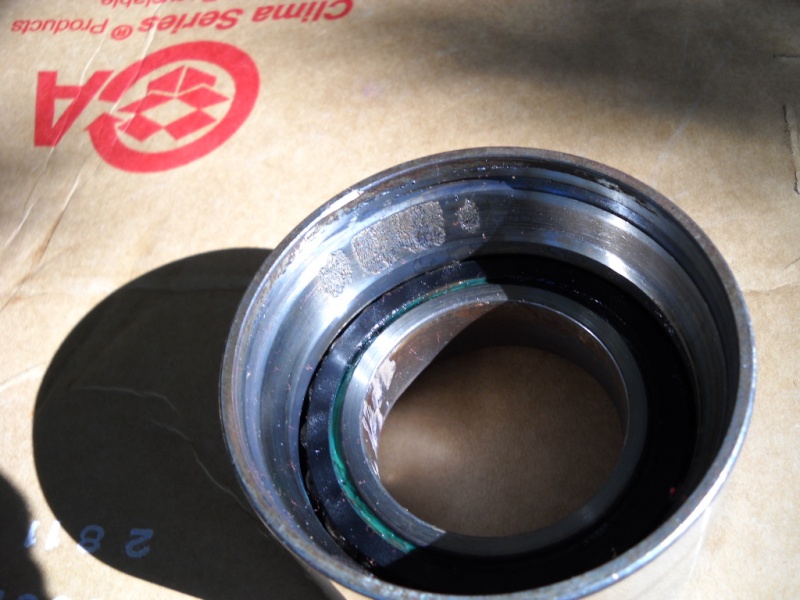Thanks for that Imp, I was certainly wondering about how to make sure the front wheels would rotate at an appropriate speed if all 4 wheels in the air and able to spin kind of independently.
I was relying on crossed fingers but what you say makes a lot of sense, I will ensure I'm in 4x4 High mode. I don't intend to do more than just listen for presence/absence of the noise, definitely not going underneath it !!
I'll probably sit in the vehicle so I can quickly get to the ignition key if anything unexpected happens !
Neil
So, just to come to a conclusion with this, I put the vehicle up on jackstands and TBH it was a waste of time - the general engine noise was so loud there was zero chance of hearing the sound I was trying to track down.
I did more research and came to the conclusion it was most likely a wheen bearing as it did get louder and quieter as I went round gradual bends.
Got a pair of Timken hub/bearing units from RockAuto (great service BTW, ordered on the Monday, they got to me in New Zealand first thing on the Friday) and fitted them that weekend.
I was nervous about the job of removing them as all Youtube videos I had watched showed people having to pound savagely on them with sledgehammers for hours to get them out...
In the event the worst part for me (by far) was removing the three bolts that hold the hub to the knuckle - very hard to reach with ordinary tools due to the position of the CV shaft, even after loosening the axle nut and pushing the CV joint inwards.
In the end I used an old-style cranked ring spanner which got in there OK but was so short I didn't have much leverage - had to pound it hard with a club hammer to get it to move, and keep hammering it through about half the thread of the bolt to get it out. My one had both threadlocker and RTV from the factory gumming the bolts up - a real mission.
The hub actually came away from the knuckle really easily - it literally was a few gentle taps with a biggish hammer and the gap opened right up. We are lucky where I live that our winters are mild and the roads dont get salted - I suspect that is the reason it was easy, there was almost no corrosion on the alloy/steel joint.
In retrospect I think breaking the ball joints open and removing the CV shaft from the knuckle would have been a better / easier way, at least I could have got a socket on to the hub bolts and got them out much quicker.
Anyway, after replacing the hubs/bearings (very simple) it was like driving a different vehicle! Virtually no noise from the front now so happy I don't have an expensive diff rebuild on my hands.
Thanks to all who offered me advice!







